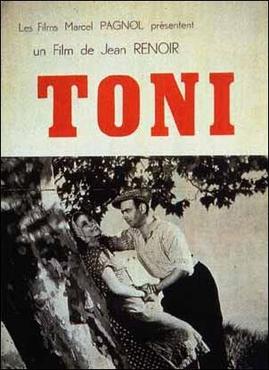 |
| Orson Welles and Alan Webb in Chimes at Midnight |
Prince Hal: Keith Baxter
King Henry IV: John Gielgud
Poins: Tony Beckley
Mistress Quickly: Margaret Rutherford
Doll Tearsheet: Jeanne Moreau
Hotspur: Norman Rodway
Kate Percy: Marina Vlady
Shallow: Alan Webb
Silence: Walter Chiari
Pistol: Michael Aldridge
Bardolph: Patrick Bedford
Page: Beatrice Welles
Narrator: Ralph Richardson
Director: Orson Welles
Screenplay: Orson Welles
Based on plays by William Shakespeare and the chronicles of Raphael Holinshed
Cinematography: Edmond Richard
Production design: Mariano Erdoiza
Music: Angelo Francesco Lavagnino
Film editing: Elena Jaumandreu, Frederick Muller, Peter Parasheles
Costume design: Orson Welles
Watched on Filmstruck Criterion Channel
Falstaff wasn't the role Orson Welles was born to play, it was the role he grew -- and grew -- into. He knew he wasn't the great actor he wanted to be: There are countless stories of Welles ducking out of rehearsing scenes in which he appeared, using stand-ins to avoid performing opposite actors he respected. According to Simon Callow's Orson Welles: One-Man Band, Jeanne Moreau recalled that she waited several days to play one of their scenes together in Chimes at Midnight, and when she asked Welles why he said that he had lost his makeup kit: "I can't do any scenes till it's found," he claimed. "We'll start with the reverse shots of you, the close-ups," a technique he often used in which someone else would feed his lines to the other actor, so that Welles could later do his side of the dialogue by himself. When Moreau found the makeup kit on the set, an assistant urged her not to tell Welles: "He has stage-fright. He hid it himself." It's likely, however, that once you've seen Chimes at Midnight, Welles's Falstaff is the image of Shakespeare's character that will always stick in your mind. Other actors have played him as reckless, destructive, self-deluding, foolish, slovenly, and even at heart malicious -- justifications for all of these interpretations and more are present in the text. Welles plays him as just one step ahead of everyone else, so that Prince Hal's final repudiation comes to Falstaff not as a surprise or a crushing blow, but rather as a fulfillment of something he has always suspected might happen. The close-up of Falstaff's face after Hal's dismissal reveals not so much shock or disappointment as a kind of hurt mixed with "I thought this might happen" and even a little pride at having played a role in Hal's evolution toward kingship. It's a tour de force of silent film acting on Welles's part: For once he's not relying on the familiar resonances of his voice. The film itself was a famous commercial disaster, abetted by hostile critics such as the always unreliable Bosley Crowther of the New York Times, who scared away many potential distributors. It was caught up in a squabble over rights that kept it from being shown theatrically in Welles's lifetime, and it came into its own after it was restored for video release, which is still the only way most of us have seen it. It's probably the most successful interpretation of Shakespeare for the screen because Welles was not bound by slavish devotion to the source: He picked and chose lines and scenes from at least three Shakespeare plays (Henry IV Parts I and II and Henry V) and arranged them in ways that suited the screen more than the stage. The Battle of Shrewsbury scene is a masterpiece of planning and editing, still endlessly imitated. But the film is also full of grand performances, including Margaret Rutherford as Mistress Quickly, whose account of Falstaff's death is both funny and heartbreaking, and Keith Baxter as a lively but rather sinister Hal. Welles also showcases John Gielgud better than any filmmaker ever did, allowing him to deliver Henry IV's "uneasy lies the head" monologue in his richly poetic manner, even though the performance is somewhat at odds with the more naturalistic ones of the film's other actors. (It's telling, perhaps, that both Welles and Baxter briefly parody Gielgud's delivery when they come to their mock father-son scene.)








.png)

